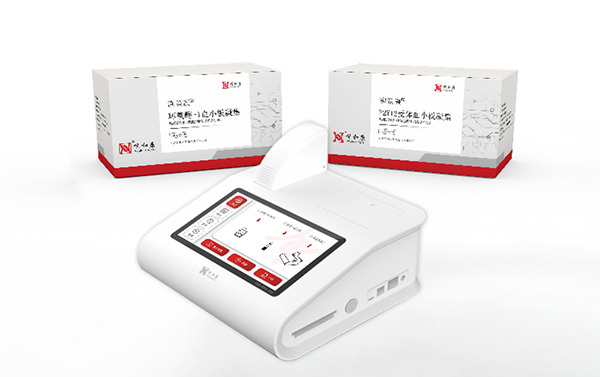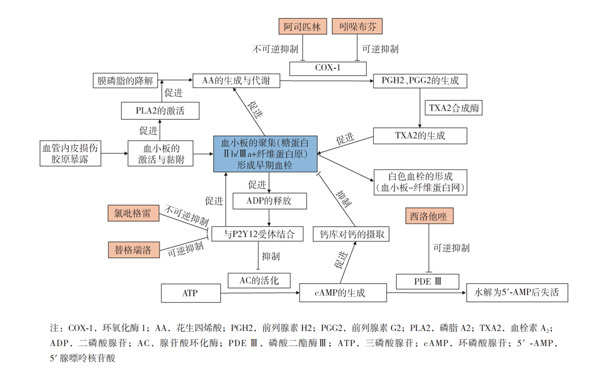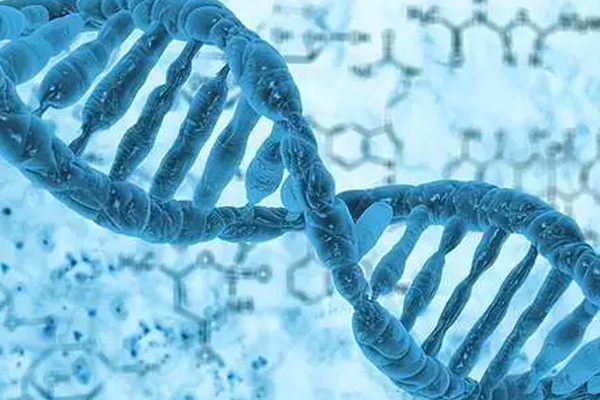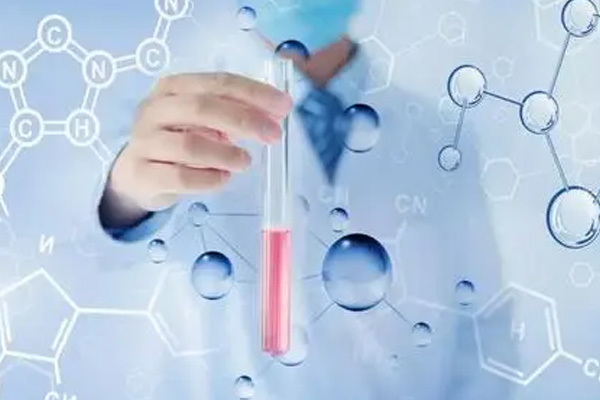What are the five major categories of in vitro diagnostic reagents?
Published:
2024-04-11
In vitro diagnostic reagents include colloidal gold, enzyme-linked immunosorbent assay (ELISA), nucleic acid amplification, biochips, and chemiluminescence immunoassay.
In-vitro diagnostic reagents include colloidal gold, enzyme-linked immunosorbent assay, nucleic acid amplification, biochip, and luminescent immunoassay types.
1. Colloidal Gold Type: This type of reagent mainly uses colloidal gold immunotechnology. It can label antibodies or antigens and connect them to a nitrocellulose membrane, making it a rapid detection test strip.
2. Enzyme-Linked Immunosorbent Assay (ELISA) Type: This uses direct or indirect methods to label antibodies and antigens in the sample. Then, an enzyme catalyzes a substrate, causing a color reaction, and the color intensity is observed for judgment.
3. Nucleic Acid Amplification Type: Common methods include PCR, LCR, and TMA. These are in-vitro diagnostic reagents based on nucleic acid amplification detection technology. Clinically, they are used for pathogen detection or early diagnosis of specific diseases.
4. Biochip Type: This type of reagent requires arranging and fixing biological probes on a special substrate, then labeling them, and finally using equipment for detection, recording, and analysis to qualitatively or quantitatively detect biological target molecules.
5. Luminescent Immunoassay Type: As the name suggests, this uses the intensity of luminescence to determine the antigens and antibodies in the sample. This includes chemiluminescence and time-resolved fluorescence.
During diagnosis, it is recommended to closely monitor changes in your body. If you experience any discomfort, please seek medical attention immediately. During this time, it is recommended to protect the sample to avoid contamination, which may affect the accuracy of the test results.
Keywords:
Learn more about industry trends












